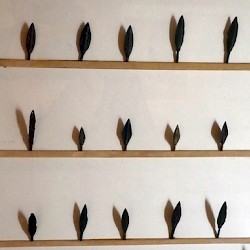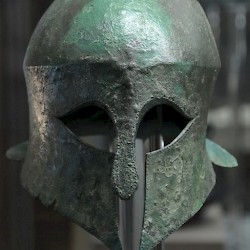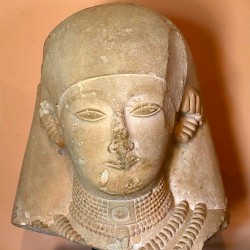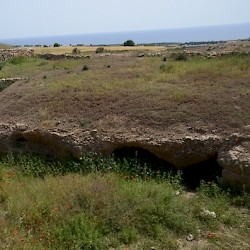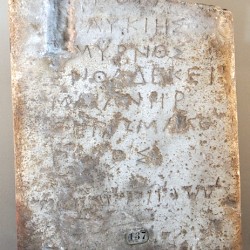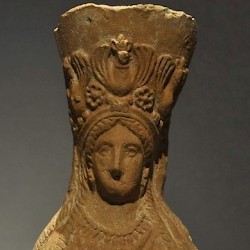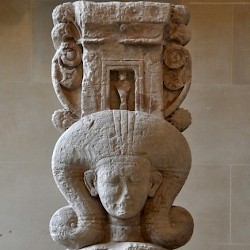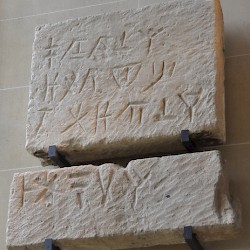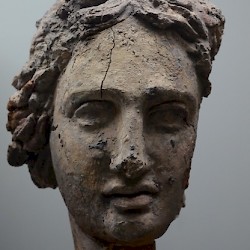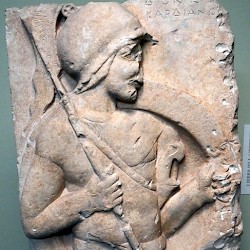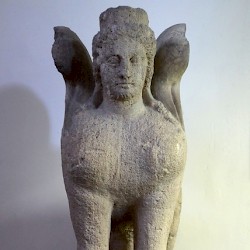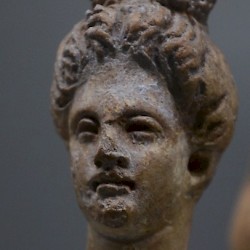Persian Cyprus
Q2333703Cyprus (Greek Κύπρος): large island in the eastern Mediterranean, colonized by Phoenicians and Greeks.
Between Persia and Greece
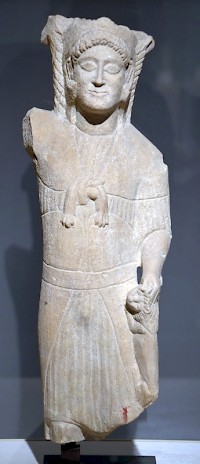
The Persians had seized control of Cyprus in the sixth century, but had allowed the local kings to rule in their own cities. This was to change during the reign of king Darius the Great (r.521-486), the great organizer of the Achaemenid Empire, who strengthened Persian control. If we are to believe the Greek researcher Herodotus, the immediate cause was a conflict among Cypriote rulers, in which Onesilus, the ruler of the northern city-state Soloi, took over Salamis.note Except for Amathus, he received support from all over the island.
At the same time, in the year 499 BCE, the Greek cities in Asia Minor revolted ("the Ionian Revolt"). To restore order in the western parts of their empire, the Persians sent an army, which would pass along Cyprus, where it was to settle affairs too. Onesilus now requested help from the Greek rebels, which he received almost immediately: just like king Amasis of Egypt (above), the rebels realized that Cyprus was a perfect base to attack the Phoenician ports. As long as they would control Cyprus, they had no Persian naval expedition to fear.
Upon hearing of the arrival of the Greek reinforcements, the Persians sent more troops, which arrived from Cilicia. The naval battle was a success for the Greeks and Cypriotes, but the following land battle was won by the Persians. Onesilus and his allies were defeated, Persian supremacy was restored, and the Cypriote cities had to pay heavily to the Persian war chest.
At a place called Marchellos, archaeologists have found the siege ramp that the Persians used in c.497 BCE to recapture Paphos. The excavators also identified Cypriote mines, arrowheads, protective armor, and pieces of ancient sculpture that had been used to strengthen the siege ramp.
Cyprus was reorganized. Some ten kingdoms remained, which were usually loyal to Persia and supported king Xerxes when he tried to subject the Greek homeland in 480 BCE: Cyprus sent no less than 150 ships. Still, the Cypriote kings were always open to Greek initiatives. In about 468, the Athenian commander Cimon tried to conquer the island, but although he was able to defeat the Persian army and navy (Battle of Eurymedon), he was unable to seize all of Cyprus.
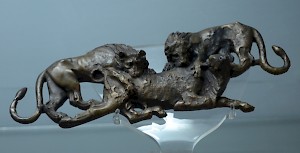
Still, Greek cultural influence was certainly increasing. Even when Cypriote artists picked up a Persian artistic motif, like the fight between a lion and a bull, they created something that looked undeniably Greek.
At the beginning of the fourth century, king Euagoras of Salamis (r.411-374) attempted to become sole ruler of Cyprus. At first, he tried to achieve this with Persian support, for example by taking part in a Persian naval expedition against Sparta,note When the Persians did not award Euagoras as he had expected,note he decided to revolt (391 BCE).
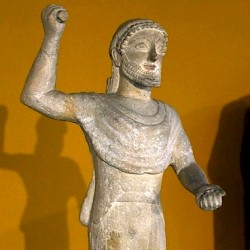 Kition, Zeus Keraunos |
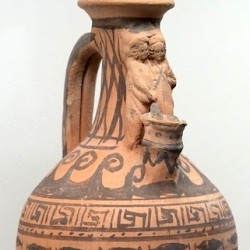 Cypro-Classical I Pottery |
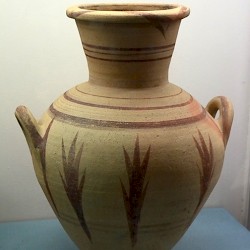 Cypro-Classical II Pottery |
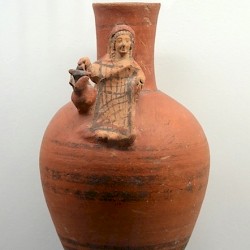 Cypro-Classical II Pottery |
The moment was well-chosen. The Persian Empire was at this moment severely weakened, still suffering from a civil war between king Artaxerxes II Mnemon and his brother Cyrus the Younger. Moreover, Athens and the Egyptian king Achoris supported Euagoras too. He managed to unite most of Cyprus and expanded his influence even to Cilicia and Phoenicia.note
Artaxerxes' initial response was diplomatic: in 387 BCE, the Persians concluded a peace treaty with the Greek cities. Athens would no longer support Cyprus. In 381, a Persian army invaded Cyprus. Euagoras' ships were defeated near Kition, and although he held out for some time, he was forced to sign a peace treaty in 379, keeping control of Salamis but losing much of what he had once possessed. Persian control had been restored. Another revolt, in 350 BCE, was repressed by Persian king Artaxerxes III Ochus. Still, the end of Persian Cyprus was near.
